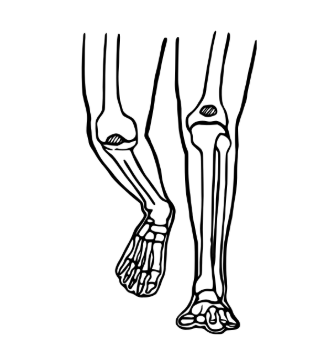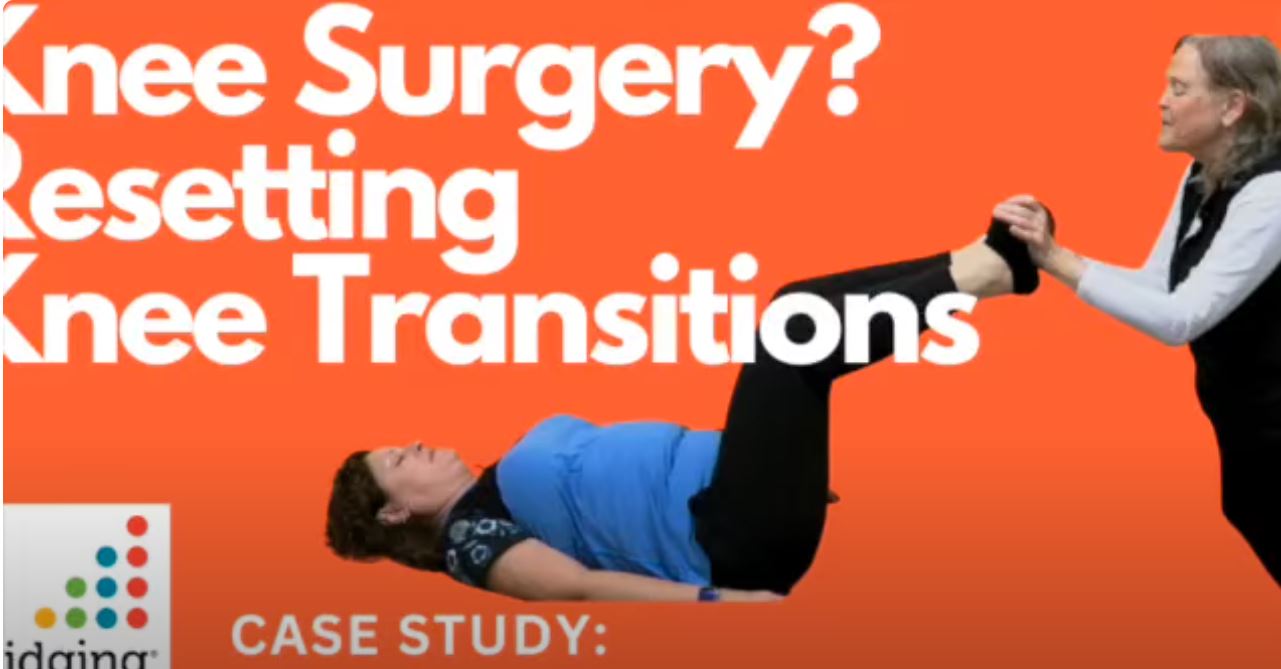Knee Injuries: When Your Knee Doesn’t Bounce Back Completely
When Your Knee Gets Injured — and Doesn’t Bounce Back
You don’t realize how much you rely on your knees — until they stop working the way they should.
Walking, standing, getting into a car, navigating stairs, even just lying down. Suddenly, everyday activities become painful.
You find yourself wincing over the simplest things:
- Putting on shoes or pants
- Getting in and out of the car
- Walking from the parking lot into a store
- Using the bathroom safely
- Standing in the kitchen to cook
A knee injury doesn’t just slow you down — it disrupts your entire life.
 Why Does Knee Trouble Impact So Much of Life?
Why Does Knee Trouble Impact So Much of Life?
Your knee is a marvelous connector between foot mobility, hip strength, and core stability. It’s designed to handle movement in multiple directions while keeping everything in balance.
Because the knee sits at the center of so much motion, it is also easily injured. Even a small issue can throw off the smooth coordination between your foot, knee, and hip.
Common Ways Knee Injuries Happen
There are so many ways to injure the knee. Some are direct trauma, and others are from wear and tear. They include:
- Landing with a quick twist of your foot (hello, pickleball!)
- Falling and hitting the kneecap
- Having natural alignment issues like being knock-kneed or bow-legged
Injuries you may have heard of—or experienced—include:
- Torn ligaments (ACL, MCL, PCL)
- Meniscus tears
- Patella (kneecap) dislocations or fractures
What Recovery Often Looks Like
Treatment for most knee injuries involves:
- Surgery or immobilization
- Physical therapy to restore strength and basic movement
Addressing the actual damage and basic mobility are essential. Even after these steps many people still feel that something in their recovery is still missing.
The knee may feel painful, stiff, “off,” or unstable, which results in a lack of confidence.
What’s Missing? The Muscle Coordination Reset
To understand why your knee may still feel “off,” let’s look deeper into the many ways a knee functions throughout your daily life. There is so much more than just bending and straightening!
A well-functioning knee should be able to:
- Move and stabilize in multiple directions—including a bit of sideways and rotational motion.
- Coordinate muscle pairings: front-to-back, side-to-side, diagonally, and in spiral patterns.
- Connect foot and ankle motion to hip and core strength—creating smooth movement from the ground up.
When you’ve had an injury, surgery, or bracing, these micromovement patterns get disrupted — and they rarely reset on their own.
That’s where Bridging® comes in. Sue’s knee recovery is a great real-life example (below).
Sue’s Story: The Knee-Back Connection
Sue had persistent low back pain that didn’t improve with exercise, stretching, or therapy. Imaging eventually revealed a torn meniscus in her knee, which was throwing off her body mechanics.
She had surgery and went through physical therapy. She felt better — but not great. Standing was a challenge after a little bit, and her ease in getting starting with exercise was gone.
What We Saw — and What Changed
In Sue’s Bridging session, shown on YouTube, we found that although her strength and range of motion had returned, the muscle coordination across her knee, hip, and ankle was still out of sync.
By gently assessing and resetting those missing movement links, her leg began to move more fluently.
“My knee feels great, so thank you for the work to stabilize it. I stood for a meeting this morning and it felt good. It felt fine playing pickleball too!”
Could Your Knee Muscle Coordination be Missing?
If you’ve had a knee injury, surgery, or time spent in a brace, it’s likely that your foot, knee, and hip aren’t fully coordinating the way they should.
That’s why:
- You still feel stiff or unstable
- Movement doesn’t feel natural
- Other areas (like your back or opposite leg) are acting up
Ready to Rediscover What Movement Should Feel Like?
At any point past your injury or surgery, Bridging can reset muscle coordination to reset knee function.

